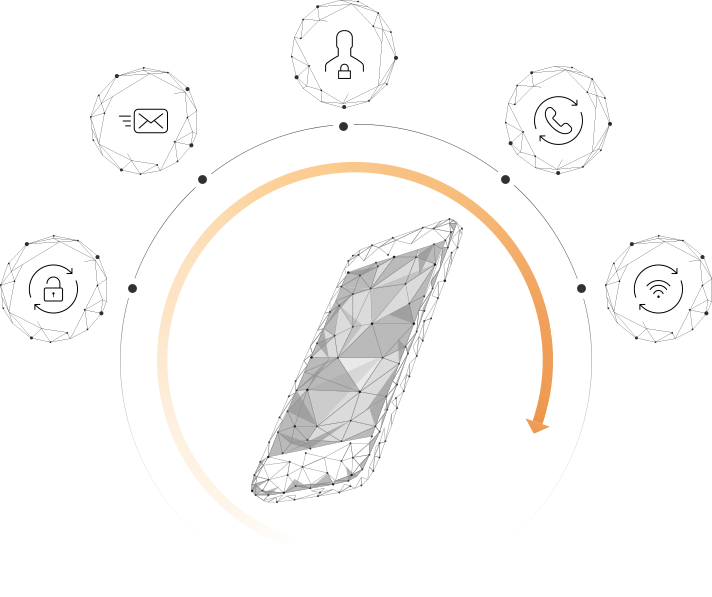

Open Source Platform Development
As part of Application Security Assurance
About the client
The Client is a non-profit organization developing an open source identity platform that helps user organizations such as Governments implement a digital, foundational ID in a cost effective way, while embracing the best practices of scalability, security and privacy harnessing the power of open source.
The Problem
- World Bank is promoting Citizen Identity System to the citizens of under developed and developing countries.
- The platform was supposed to be modular in architecture at the same time robust, secured and scalable for large populated countries to adopt it as a cost effective platform.
- The application was supposed to be developed by using opensource technologies.
- The platform is to follow open standards, frameworks and full code disclosure to avoid vendor lock-in.
The Solution
- We designed high level architecture of the core platform, along with data flow and data security.
- We used open source language/DB like Java, Spring Boot, Postgres, MinIO, Kubernetes etc
- We did HSM integration of AWS CloudHSM, nCipher and Safenet for key management standards using PKCS11 and JCE.
Value delivered

Built with open APIs to enable interoperability and promote a culture of entrepreneurship and innovation

Standard, world-class tech platform available for free, can be leveraged to keep cost of systems low

A reliable open source platform for identity system designed for easy integration

Extensibility with country-specific features using a microservices/API approach

Industry
Non-Profit Organization

Team Size
08

Instruments
Java, Spring Boot, Kubernetes












